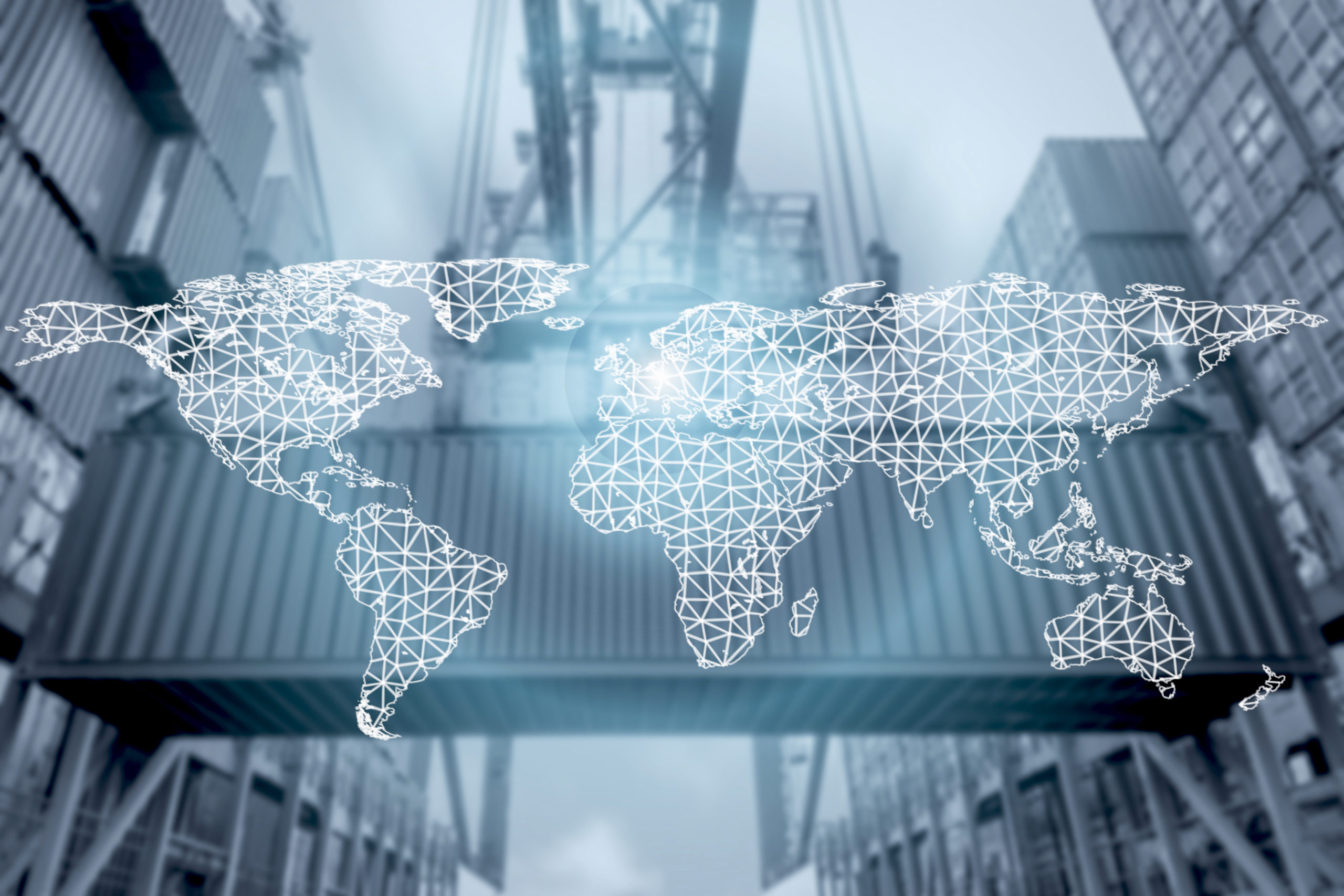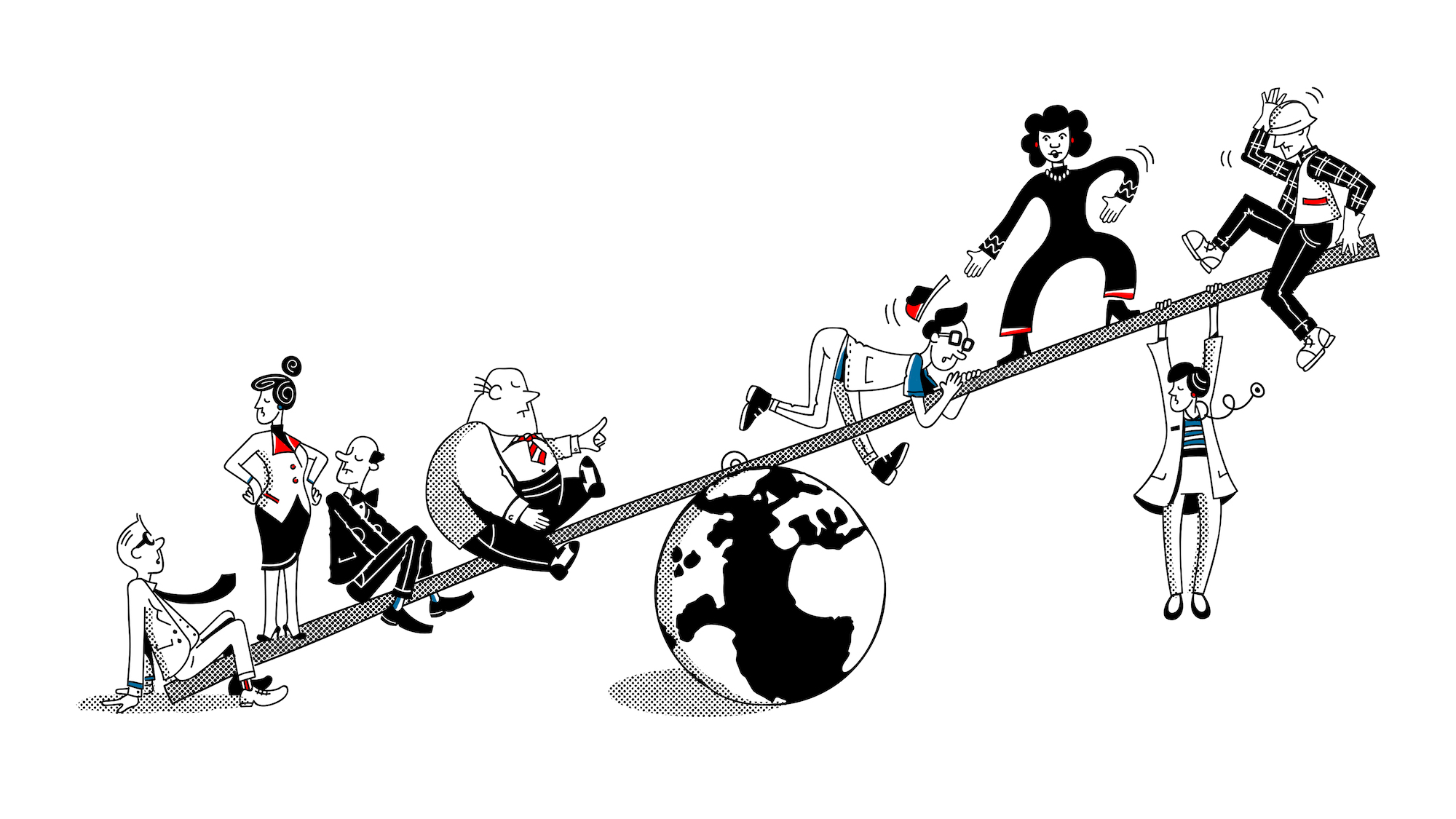

RECOMMENDED READING
The debate over free trade versus protectionism has been around for hundreds of years, with a level of political prominence that has varied over time. After a relatively quiet period in the post-war era, the modern debate over trade and globalization’s rules and institutions has grown quite contentious. Regaining Our Balance is emblematic of this renewed debate. Unfortunately, as with much of today’s discourse, its essays ignore some of the domestic and international realities of the trading system. If the renewed trade debate is to be productive, there are three areas where a better understanding of the basic facts is required.
First, it is often said that free trade today is “unfettered.” For example, Oren Cass refers to “[t]he entire edifice of globalization—the case for the unfettered flow of goods … .” Similar characterizations have been offered by people on various points of the political spectrum, from Bernie Sanders to President Biden’s U.S. Trade Representative Katherine Tai to President Trump’s U.S. Trade Representative Robert Lighthizer.
But it is difficult to see how the current trading system, either in U.S. law or global rules, can be characterized as “unfettered”; the fetters are abundant. Many products are still subject to basic tariffs, and there is a long list of other trade barriers, including: agriculture subsidies and restrictions, “Buy American” government procurement provisions, the Jones Act, safeguard tariffs, and anti-dumping tariffs (space does not permit a discussion of anti-dumping here, but suffice it to say that as applied, U.S. anti-dumping laws do not target practices that are unfair, but offer yet another form of protectionism for domestic industries).
International trade rules permit such trade barriers, and the United States has negotiated a set of international rules that allow nations to protect their domestic industries within agreed-upon limits. Thus, trade agreements result in mutually agreeable constraints on protectionism rather than “unfettered” free trade.
Second, critics of the current trade system overstate the extent of the power it grants to international institutions. Jeff Sessions says that “binding trading agreements and treaties would shift power from nations to transnational entities controlled by unaccountable bureaucrats.” But governments cannot be forced to comply with these agreements. In fact, the United States and other governments have not complied in some prominent cases, although governments usually do comply because they want others to as well.
Moreover, the power given to international bureaucrats is so small that it can be quite difficult to detect. The only significant trade power held by international organizations is in the context of disputes, where arbitrators who hear disputes that governments bring against each other can offer clarifications of the existing trade rules when issuing their rulings. But international dispute settlement is not like a domestic court, and the governments can decide not to comply with arbitrators’ rulings. Thus, there is little for critics to worry about here.
Outside the context of disputes, international institutions have virtually no power of their own, as governments have full control over decision-making. Sessions has worried about the power of trade institutions such as the “TPP Commission,” and he warned in his essay: “The Trans-Pacific Partnership (and the Trans-Atlantic Partnership that was to follow) was the next big step. As with the European Union, each nation would have one vote.” But this statement turns reality on its head. Trade agreement decision-making requires consensus, such that voting in trade agreements enables any country to block proposals from going forward. Having one vote at the Trans-Pacific Partnership (TPP) would mean that the United States could block any action by the other TPP parties. Rather than surrendering control to an international body, trade agreement voting procedures are about reserving control for member nations.
Third, perhaps the biggest issue in today’s trade debate is one that Cass quotes Mitt Romney as raising: “But what are we going to do about China?” Supporters of the current trading system have an answer, but unfortunately it has largely been a path not taken.
Prior to its entry into the World Trade Organization (WTO) in 2001, China was already rising economically. It had begun a policy of opening up to the world in 1978, and its negotiation for accession to the WTO helped push this liberalization along. When China acceded, it agreed to tough rules that went beyond what other governments were subject to.
One might have expected the ensuing years to be spent enforcing these rules and ensuring China’s proper integration into the trading system. But that didn’t happen to the extent it should have. Distracted by the War on Terror, the United States turned its focus away from China and instead catered to China’s demands in order to win its support for American actions abroad. Fully enforcing trade rules was placed on the backburner.
Critics paper over this reality. Cass criticizes trade proponents as believing that, “[i]f China wanted to steal our intellectual property, manipulate its currency, subsidize state-owned enterprises, and sell us the results for cheap, they were the suckers and we should just enjoy all the stuff.” In reality, WTO rules are designed to prevent these actions by China. There is no WTO prosecutor, however, so in order to change China’s behavior, the United States needs to file complaints. While it has filed a few over the years with some success, it has not filed nearly enough and not on issues related to state-owned enterprises.
Thus, the reality is that trade rules and institutions did offer tools to address China, but the United States failed to fully utilize them. It is not too late to change course, but opponents of trade institutions must get on board with the efforts rather than undermining them.
In practical terms, the globalization debate is not an all-or-nothing proposition between pure free trade and total autarky. Rather, it is about achieving a sustainable political balance that trades off the protectionist demands of corporations and other interest groups against the broader economic interests of the American people. The current global trading system reins in those protectionist demands to some extent, but it also accommodates many of them, leaving us with a particular balance of free trade and protectionism.
Whether we should shift towards the free trade side or towards the protectionist side is an important debate, but in order to have that debate, it is necessary to understand the carefully constructed balance that currently exists and where exactly we lie on the free trade-protectionist continuum.
Recommended Reading
Weighing In
Commentators and policy analysts respond to our analysis of globalization and proposals to restore balance to the American economy
Magical Thinking on China and Trade
Unilaterally disarming from trade conflict on behalf of open markets, and then making empty demands, is not a plan.
Can Free Trade Work for Everyone?
Pete Coy discusses the debate over free trade, highlighting Oren Cass’s rebuttal of Glenn Hubbard’s recent book.











